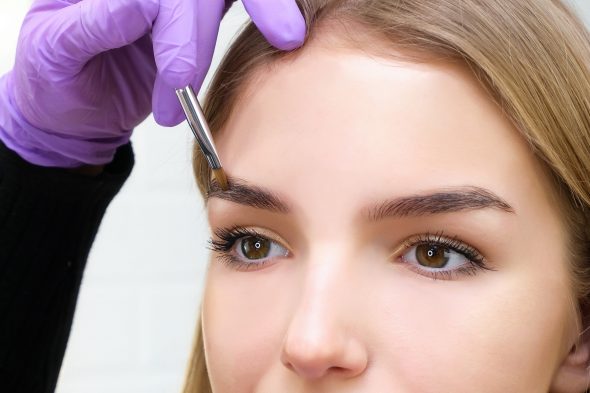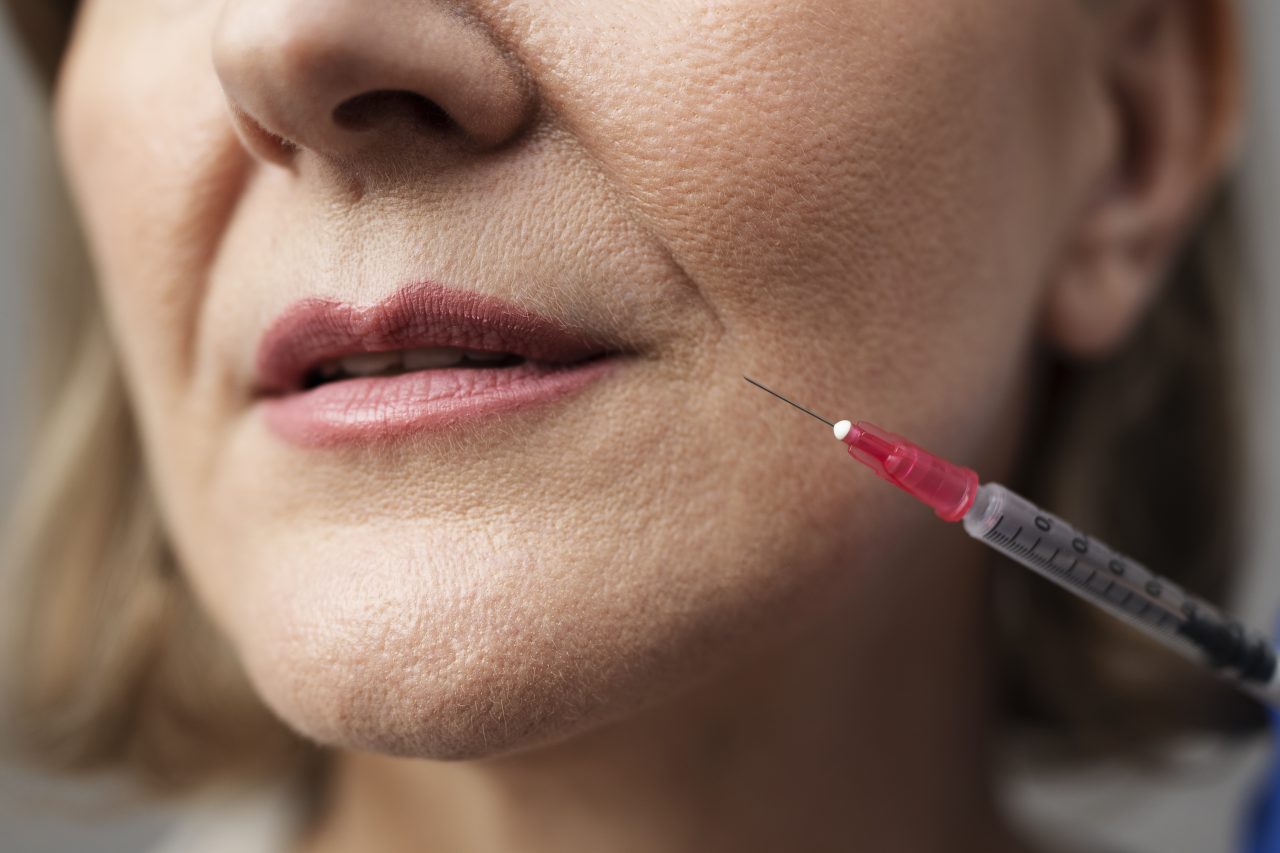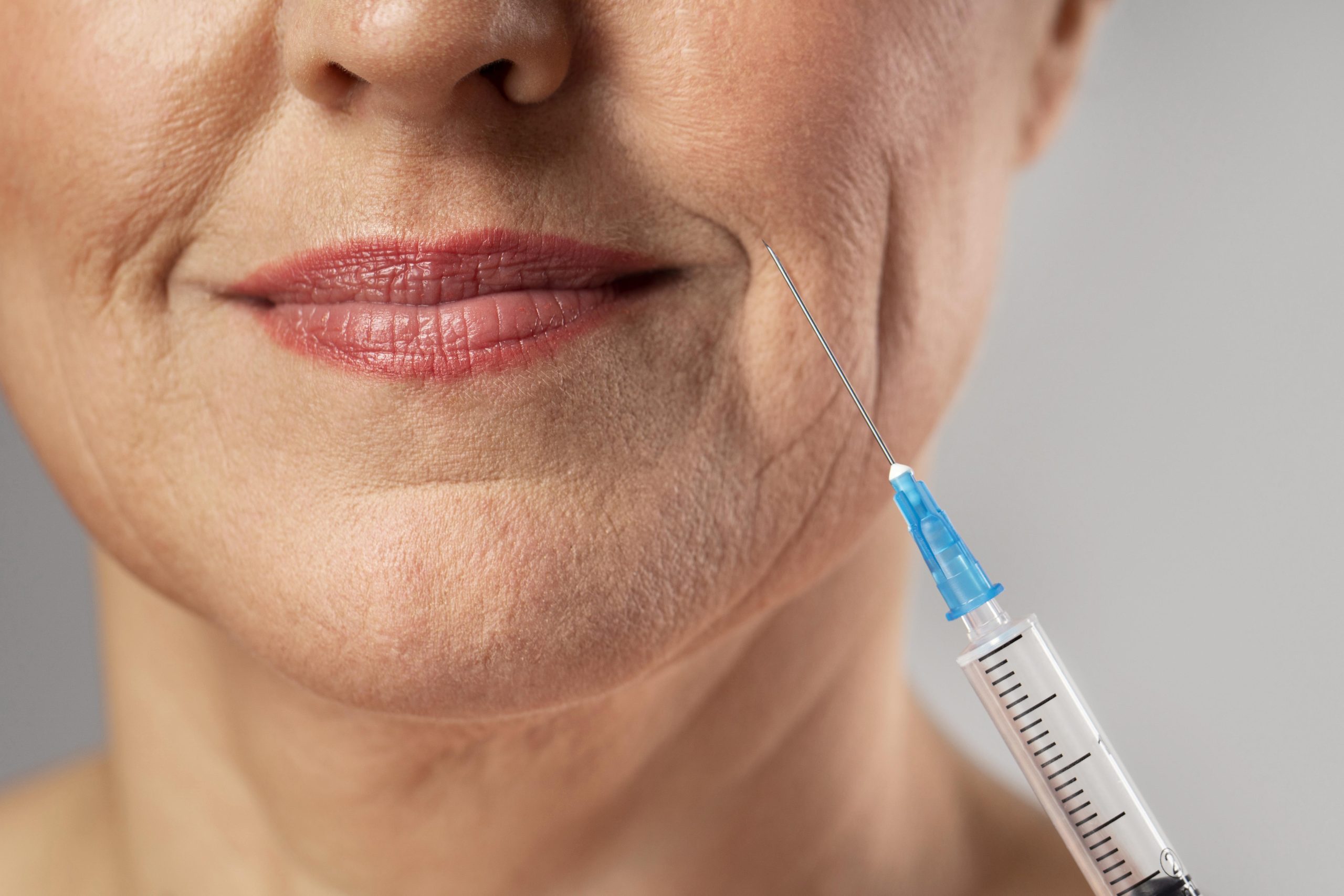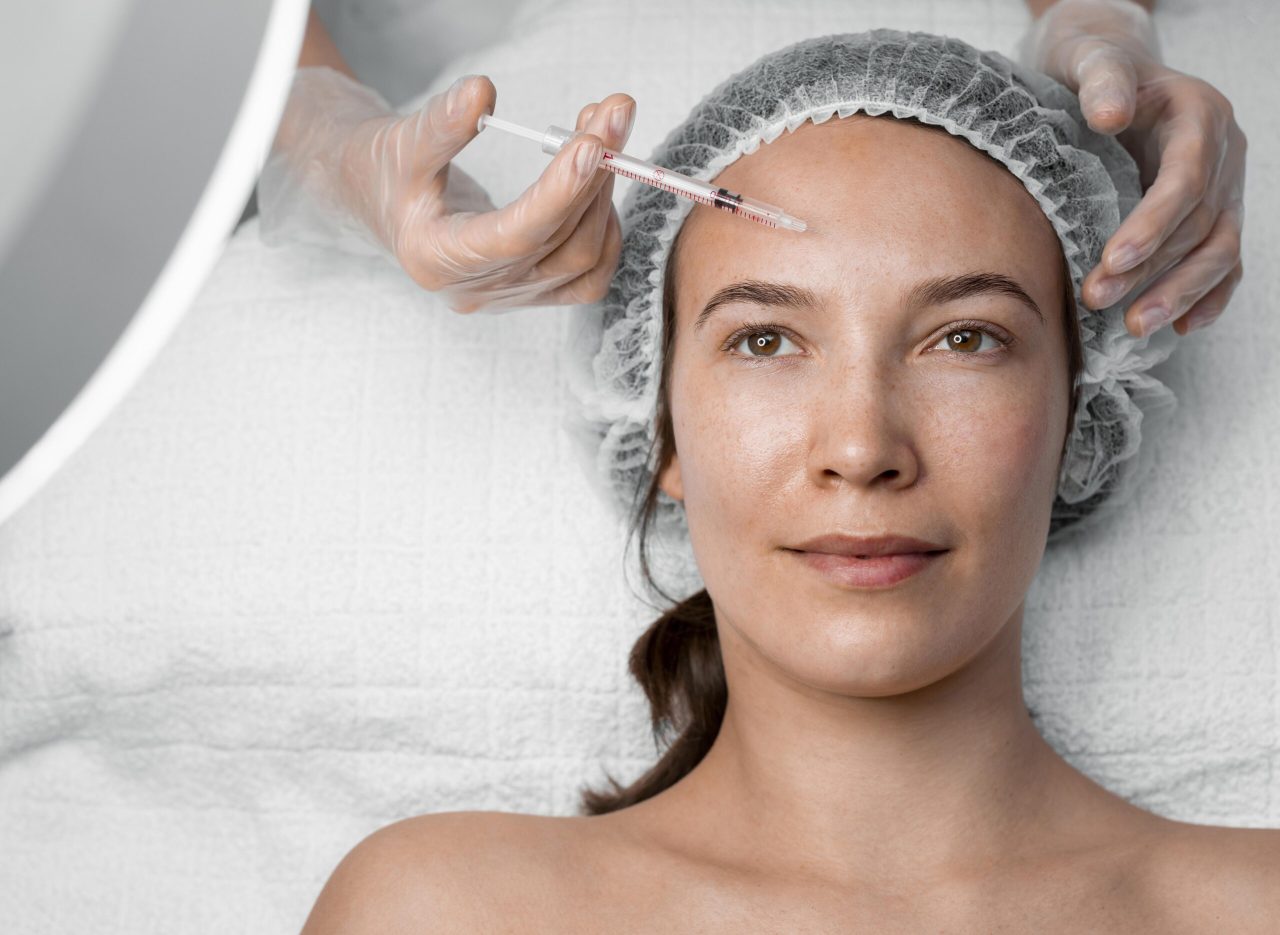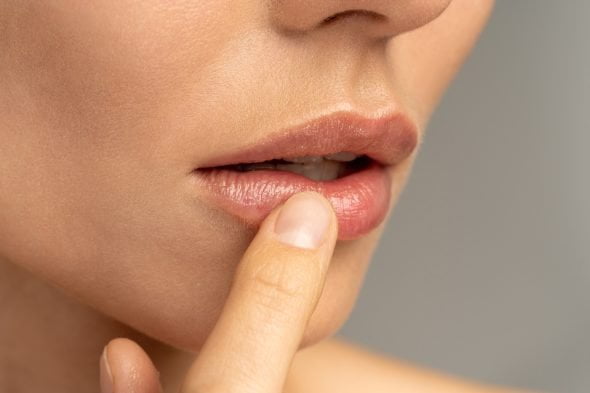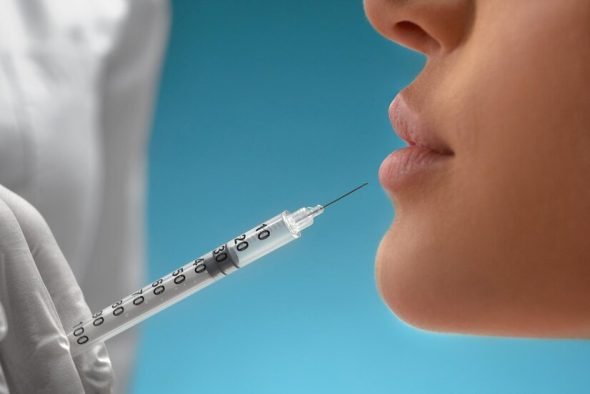With age comes the gradual diminishment of facial volume. This is entirely natural, though it also creates a hollowed appearance—often accompanied by wrinkling and sagging—that does not reflect your vibrancy and youthful nature. Volume restoration techniques conducted by the specialists at The Ezra Clinic rejuvenate your appearance and restore vitality by increasing facial volume.
Facial fat transfer (also known as facial fat grafting) and dermal fillers are two of the most popular volume restoration techniques. Advancements in technology coupled with our specialists’ growing expertise in this arena make both viable choices for you. You merely need to answer a question. Facial fat transfer vs fillers – which will make you look as refreshed and happy as you feel?
Benefits of facial fat transfer
The key benefit of a facial fat graft is its near-permanence. The results are long-lasting enough that you will rarely require a second procedure. Your transferred fat reintegrates into your facial tissues, where it stays to deliver the natural and youthful look that reflects how you feel inside.
Beyond this permanence, accompanied by restoring facial volume and contouring, the procedure is minimally invasive and may only require the use of a local anaesthetic. You will not require long stays in the hospital and can return to your regular activities in a matter of days with minimal irritation or scarring.
Points to consider about the treatments
Beyond what we have already mentioned, there are several considerations to consider for the facial fat transfer vs. fillers debate.
Fat grafting
The obvious consideration with a fat graft is the surgery required for the procedure. Though minor, this surgery does require some downtime, mostly managed from home. Survival rates of the transferred fat cells also impact the success of a fat transfer. Some of the transferred fat may not be reabsorbed into the body, requiring follow-up treatments to ensure the vibrancy created by the process is reflected in all targeted areas.
Here, expertise combined with experience in the facial fat transfer process becomes vital. The Ezra Clinic’s specialists offer an unparalleled approach to this aesthetic procedure, combining a cutting-edge technological base with specialised care derived from our understanding of how you may feel when undergoing a fat graft.
Fillers
Proper placement is as vital to fillers as in fat transfer. The Ezra Clinic’s specialists confront that issue through full consultations and by accounting for any potential filler migration before it can occur.
Beyond that, a dermal filler is a more temporary option than a fat transfer, which may require repeat treatments every six to 24 months, depending on the target area. A minor risk of an allergic reaction also exists. However, modern filler formulations reduce that risk, as does an in-depth consultation with one of our specialists.
Comparing: fat grafting vs. fillers
Both of these procedures have advantages and disadvantages. A deeper dive into the differences between the two is required to help you properly compare a facial fat transfer to fillers.
Longevity of results
Is facial fat grafting permanent? It is, providing that most transferred fat cells survive once placed. Those that do remain in place indefinitely, with touch-ups only required when a significant number of fat cells fail to survive. Even when touch-ups are needed, they are less frequent than they are for fillers. The dermal filler option necessitates repeat visits to your Ezra Clinic specialist, in most cases six months to every two years, but that frequency depends on the filler’s nature and treatment area.
Invasiveness and recovery
There is no escaping the fact that facial fat grafting is a more invasive procedure than having fillers injected. The former requires surgery, which includes a local anaesthetic and incisions that require a recovery time of between one and two weeks. That starkly contrasts the near-immediate recovery you experience with dermal fillers.
Expenses
Upfront, facial fat transfer comes with a higher cost than fillers due to the more complex nature of the procedure. That added cost, however, results in a long-term benefit due to fat grafts not requiring repeated applications. Once it is done, it is there forever. You will spend less on a single application of dermal fillers but may spend more over time, depending on the regularity of reapplication.
How to choose between fillers and facial fat transfer?
Permanence at a higher upfront cost vs. less expensive but more regular treatments may be your key deciding factor when comparing fat grafting vs. fillers. There is also the decision regarding surgery compared to a non-invasive procedure. That is why we always recommend consultation with a specialist to determine which treatment suits you best. The Ezra Clinic’s consultants are ready to discuss your options. Contact us today if you are ready to rejuvenate your facial volume.
